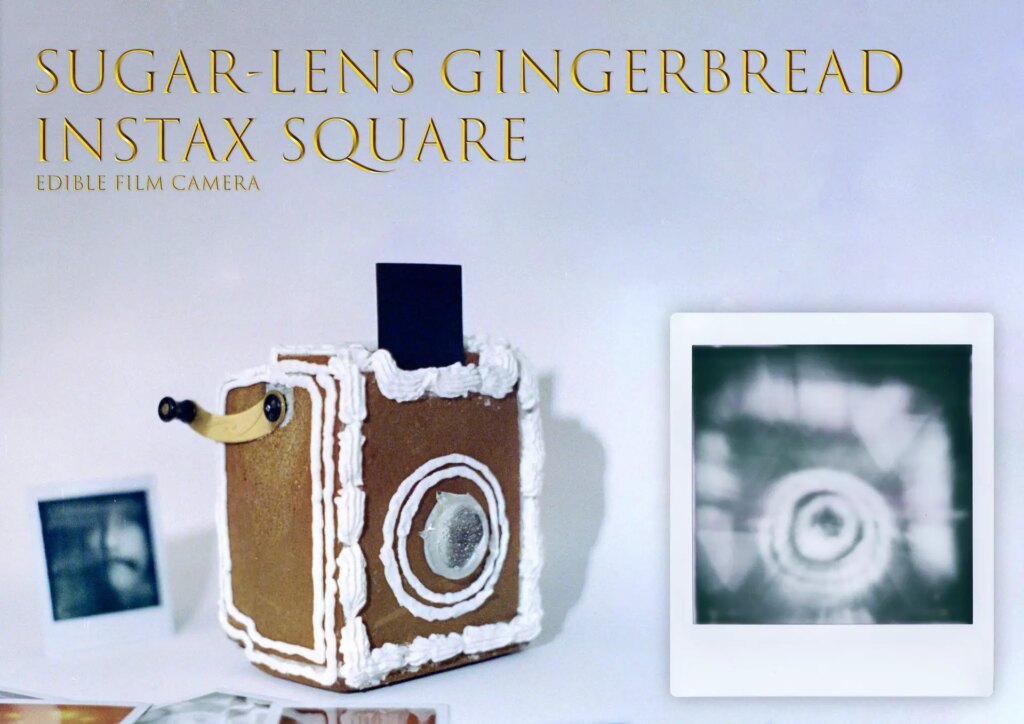
Analog Cafe’s Dmitri Tcherbadji is in the news again this week but this time it’s for his unique holiday creation, an instant pinhole camera made from gingerbread with a sugar g...
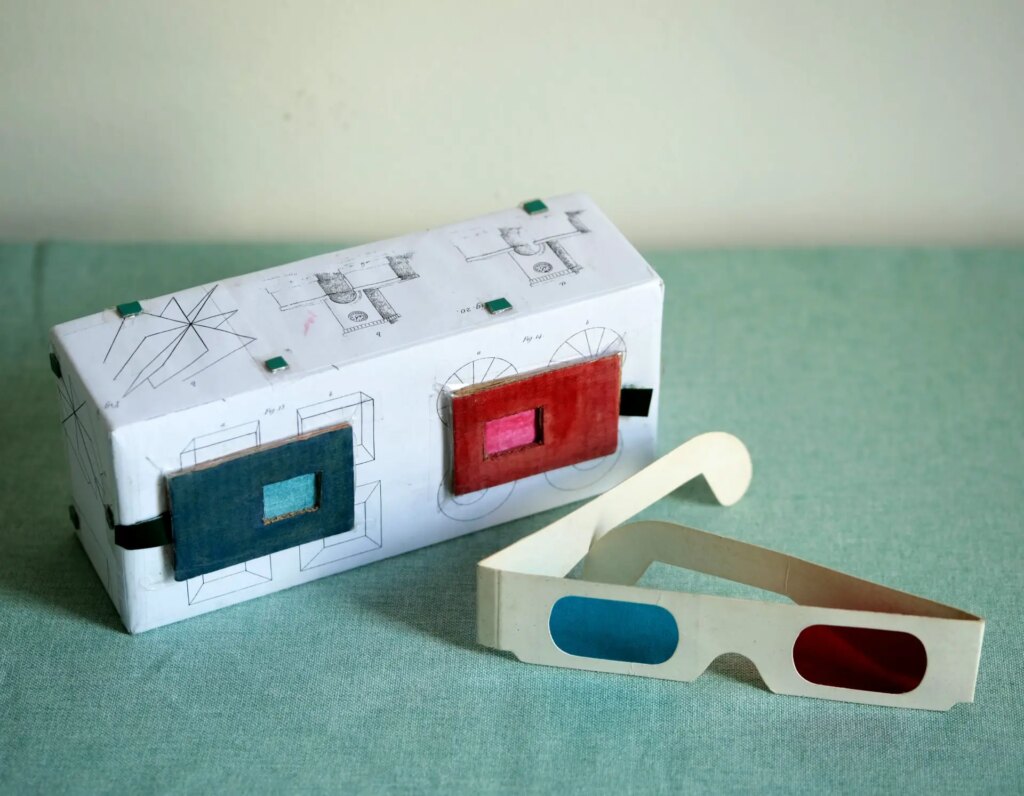
If X is good and Y is good, then X and Y combined must be even better. Out of this misguided reasoning have emerged such unholy inventions as the beer-tap hat and ice-cream frie...
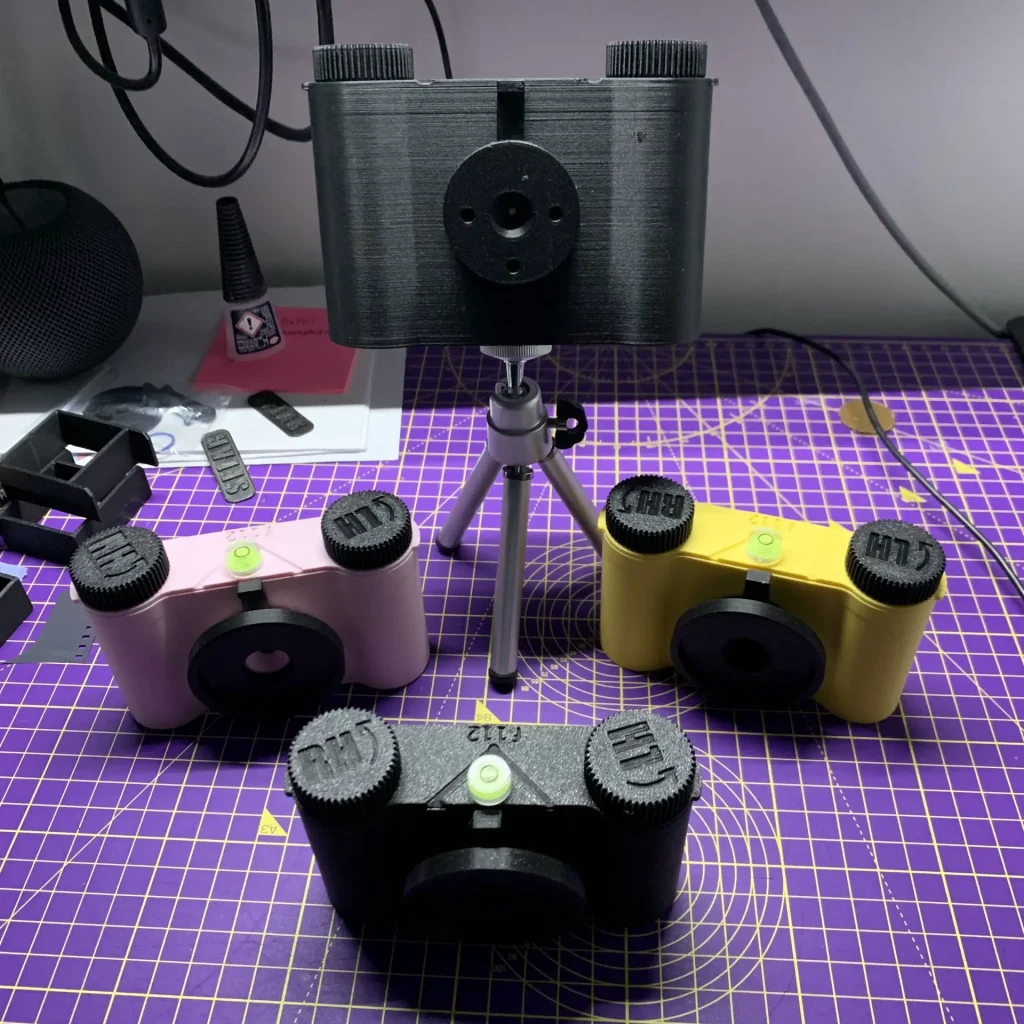
A few months ago, after a bit of thinking, I bought a 3d printer. I say, "after a bit of thinking" because I did not want to spend my free time still in front of a monitor to de...
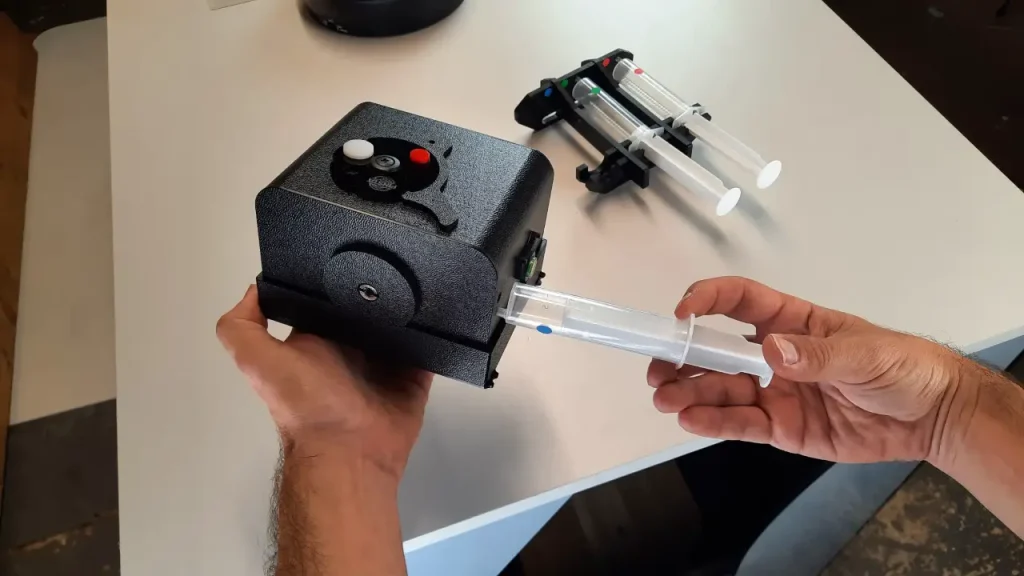
My name is Oliver, I am 34 years old and have been a keen photographer and inventor my life so far, taking after my Dad Harry New who invented the Nova Vertical slot processor b...
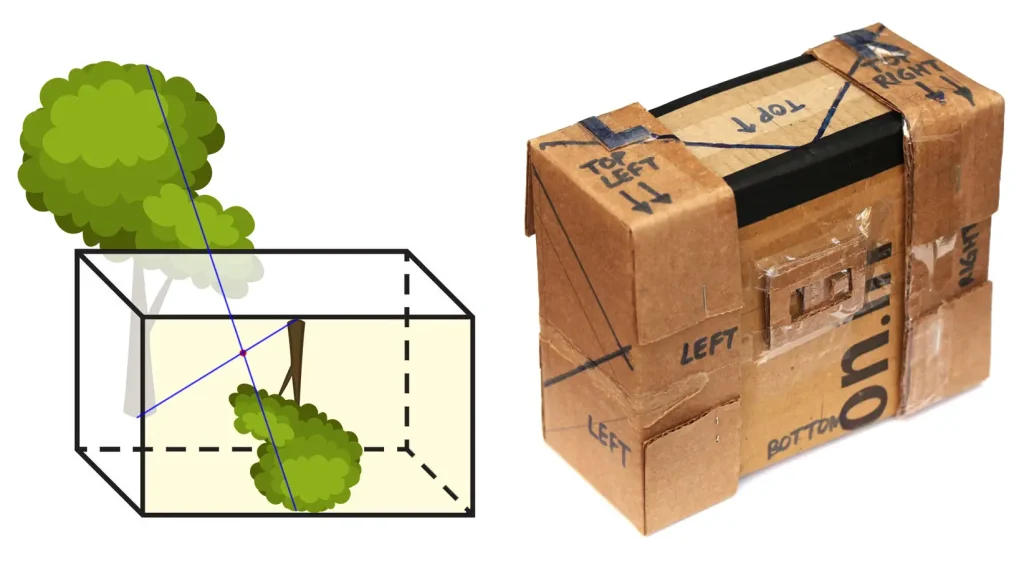
Two main factors determine how a pinhole camera “sees” – that is, whether its angle of view is wide, normal or tele. The first is the sensor size (throughout this po...
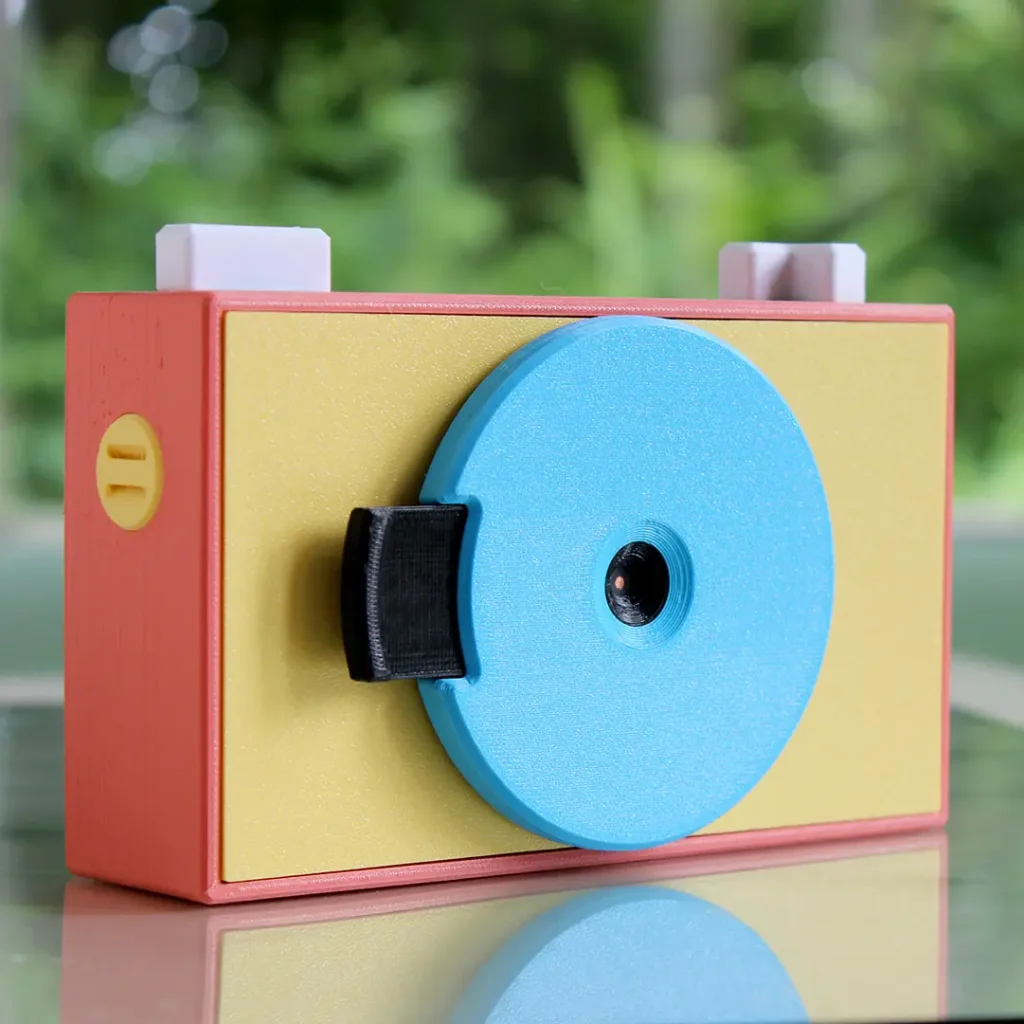
I started making pinhole cameras for the same reason I imagine many people do - because I could! They are deceptively simple objects - after all it’s just a box with a hole in i...
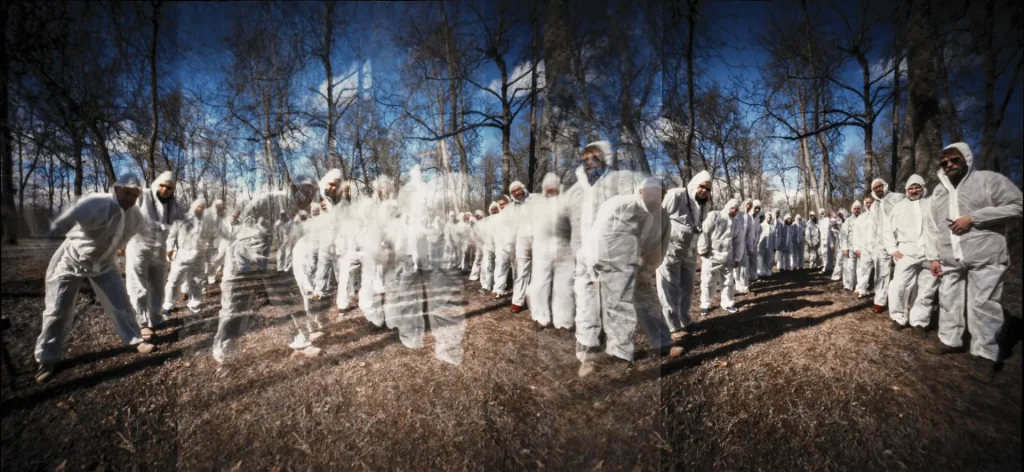
Today – April 25 – is Worldwide Pinhole Photography Day (WPPD for short), when anyone, anywhere in the world, who makes a pinhole photograph can upload it to the WPPD online gal...
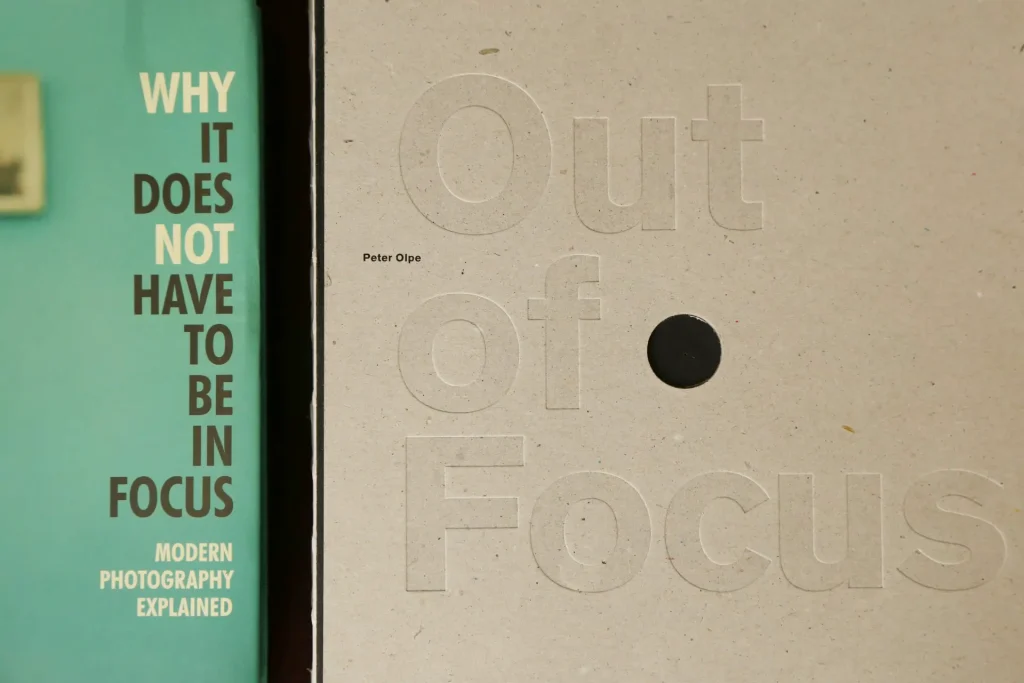
Another Monday, another episode of my Pinhole Adventures series… but this one is a bit different. So far, I’ve mainly focused on designing and building cameras. Part 4 is less a...








